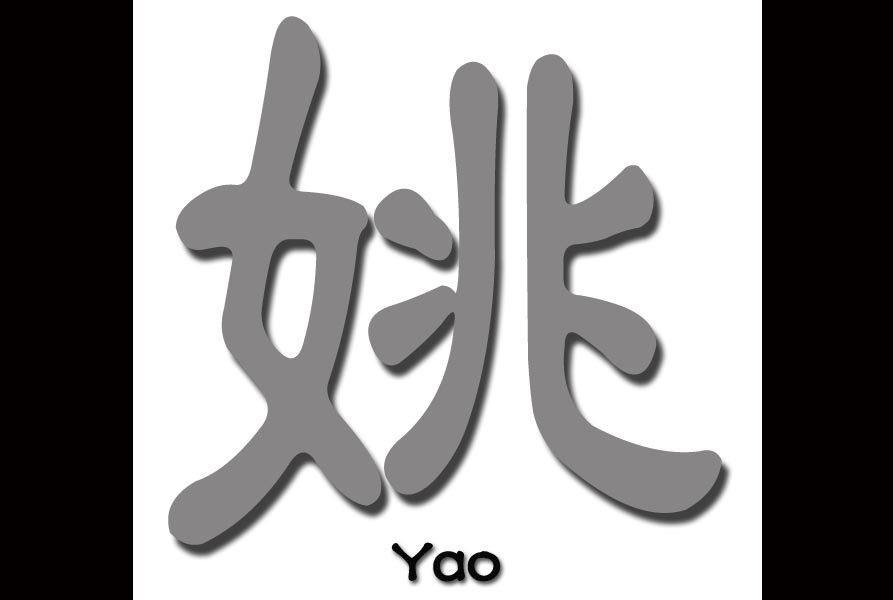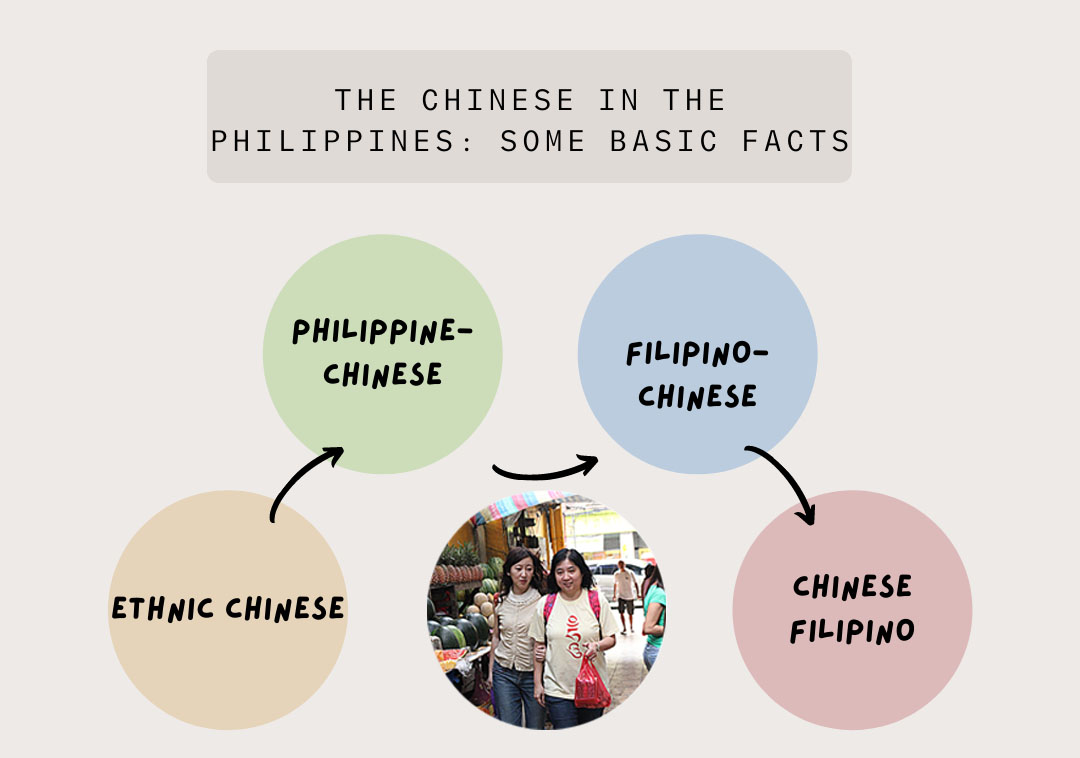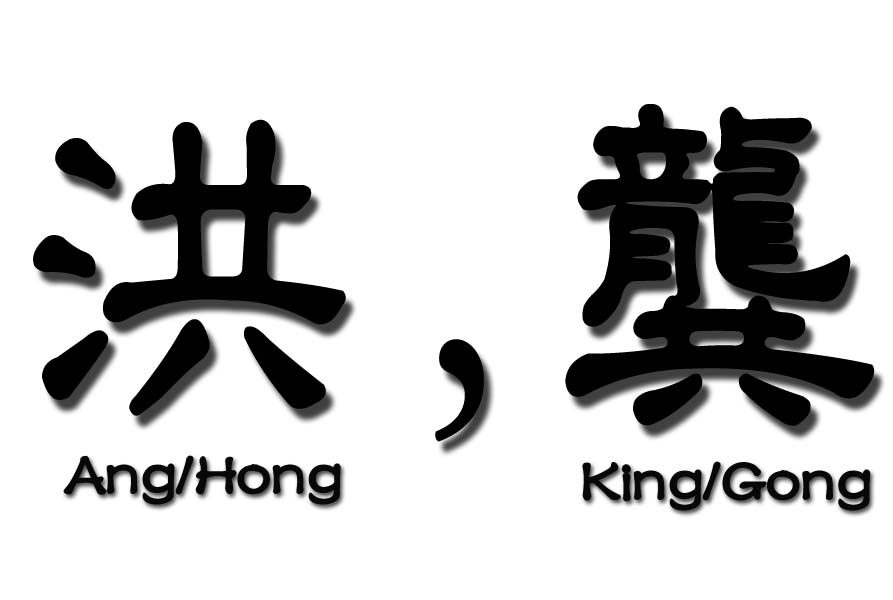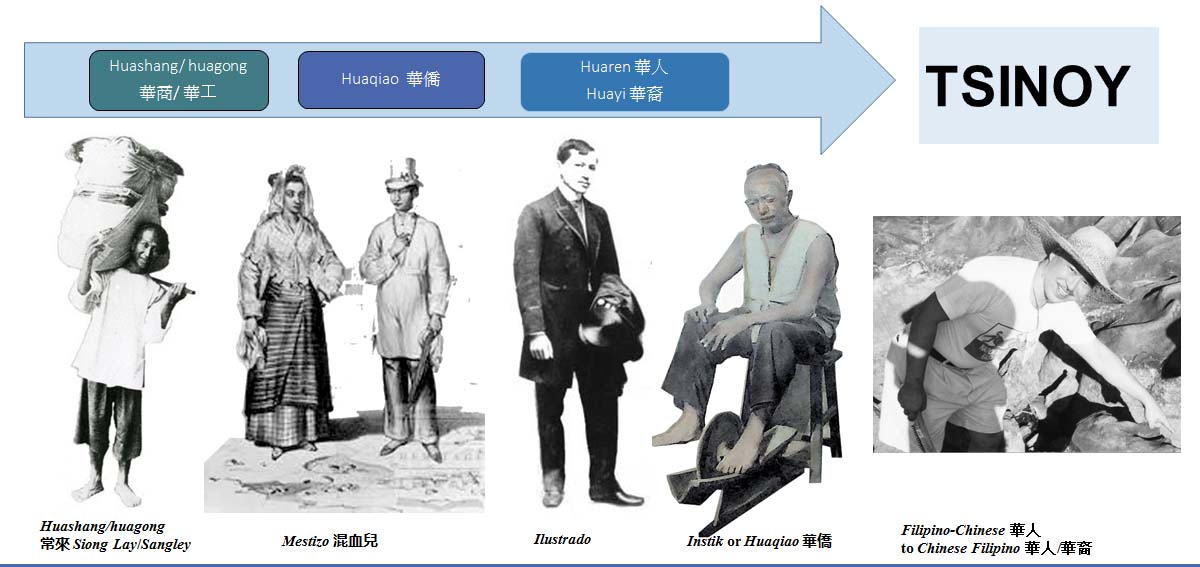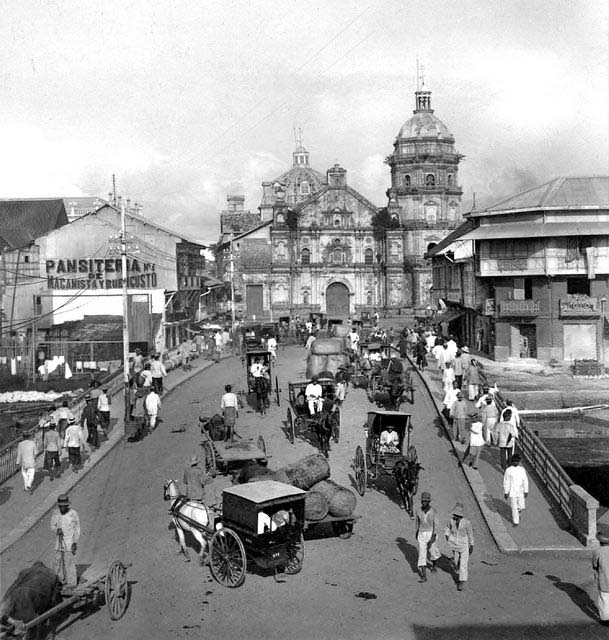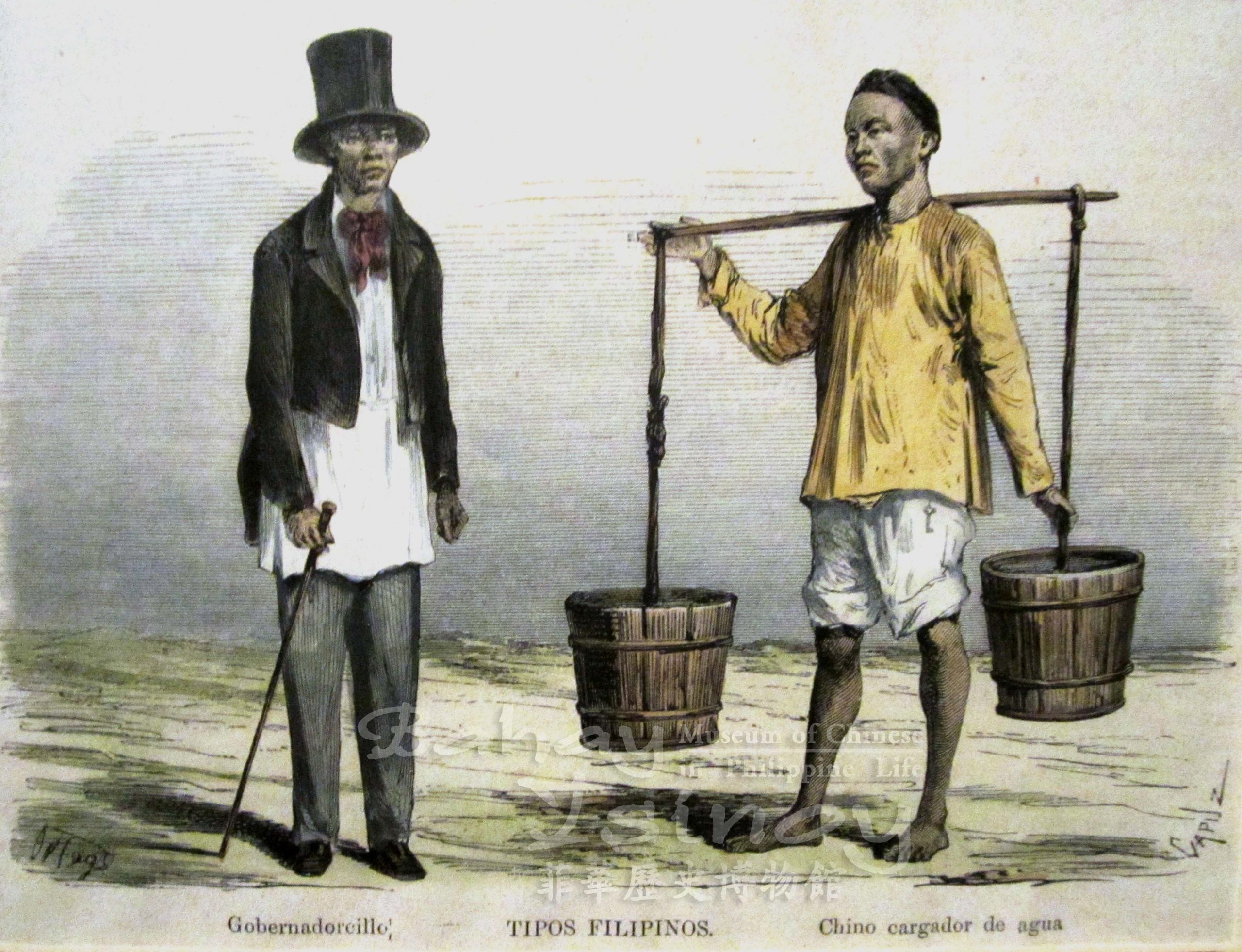First published in Tulay Monthly, Chinese-Filipino Digest 1, no. 2 (July 1988): 3. Kaisa Para Sa Kaunlaran is for cultural integration and political, social and economic assimilation. What is the difference between integration and assimilation? When these two terms are used by non-technical people, they are more or less interchangeable. They are affirmed of people […]
Definitions: Integration, assimilation


